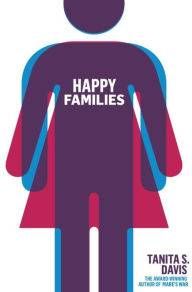
What Do Comics Scripts Look Like?
Once a month, Gene Luen Yang, the National Ambassador for Young People’s Literature, stops by Panels for a minicolumn on art, process, and how he creates comics.
After finishing my outline (which I talked about in my last post) I move on to writing the script. Scripts for comic books look a bit like scripts for movies, only they’re not as rigidly formatted.
If you’ve ever written a screenplay, or even just looked into writing a screenplay, you know that screenwriters have to follow a very specific format that’s standard across the entire American film industry. You can even purchase specialized word processors that force you to write in that format.
Comics aren’t like that. There is no industry-wide standard format. Some comic book companies provide their writers with guides to follow, but in my experience they’re pretty flexible. If you talk to ten different comic book writers, you will probably get ten different script formats.
Some writers write plot-style summaries and let their artists do most of the story breakdown. After the art is finished, they write the captions and dialogue. This is sometimes called the Marvel Method since it was popularized by Stan Lee and Jack Kirby during the heyday of Marvel Comics. Others write very, very detailed scripts, with not just descriptions of what’s on the page but also background information about the story. Comics writer superstar Alan Moore is notorious for this.
When I’m writing work-for-hire scripts, I generally follow the Dark Horse Script Format Guide. I do this even when I’m not writing for Dark Horse. I break each page into panels, and for each panel I provide a description of the picture, the dialogue, the captions, the thought balloons, and the sound effects.
I feel things out as I go. Different artists prefer different levels of detail. I worked with one artist who didn’t want me to break pages into panels. Another found the panels tremendously helpful. Some artists want me to include links to reference photos, while others find them distracting. Generally speaking, the longer I’ve worked with an artist, the less detail I need to provide.
When I’m writing for myself, I just write the dialogue, captions, and thought balloons. Everything else I handle in the thumbnail sketches, which I’ll talk about next month!







